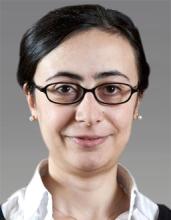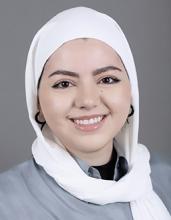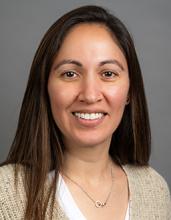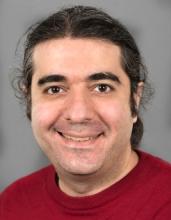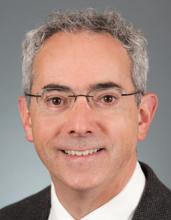928 researchers matching your search criteria were found.
Esra Abaci Turk, PhD
Associate Scientific Researcher
Assistant Professor of Pediatrics, Harvard Medical School
May Abiad, MD
Postdoctoral Research Fellow, Maternal Fetal Care Center (MFCC)
Nadeen Abujaber, MD
Pediatric Hospitalist, Division of General Pediatrics
Rosalyn Adam, PhD
Director, Basic Science Research; David E. Retik Chair in Urology Research
Associate Professor of Surgery, Harvard Medical School
Eelam A. Adil, MD, MBA, FAAP
Associate, Department of Otolaryngology and Communication Enhancement
Assistant Professor of Otolaryngology, Harvard Medical School
Onur Afacan, PhD
Scientific Director of Research Core
Assistant Professor of Radiology, Harvard Medical School
Salim Afshar, DMD, MD
Clinical Instructor, Harvard Medical School
Suneet Agarwal, MD, PhD
Associate Professor of Pediatrics, Harvard Medical School
Michael Agus, MD
Professor of Pediatrics, Harvard Medical School
